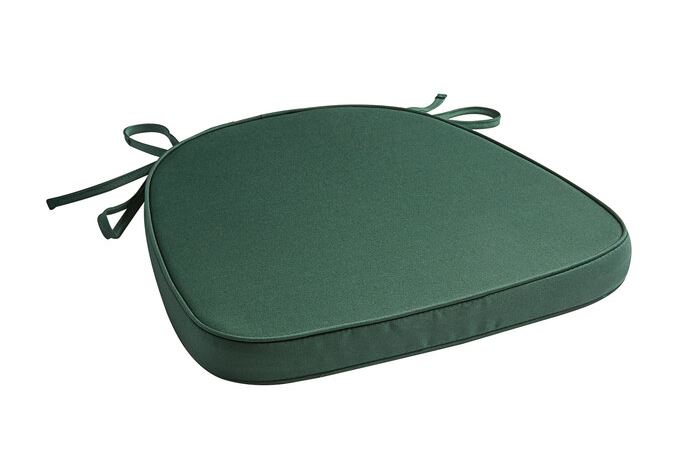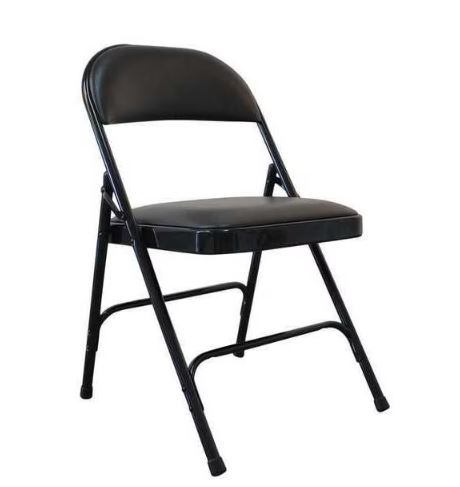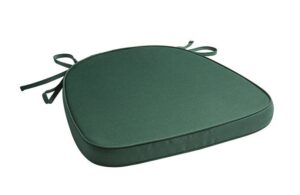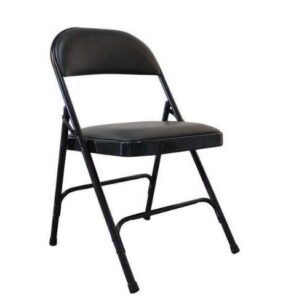Logistical Questions about first time teaching a Chair Yoga class
The one area that could be helpful is something I didn’t know I needed help with until I taught the first chair yoga class for seniors at the community center where I also teach Qigong. This involves logistical things, like:
- How to work with chairs which have scooped bottoms and are too tall for several people (some elders too short and not wanting to use blocks under feet; some elders saying their blood circulation gets cut off if they sit toward the front end of the chair).
- Wooden floors for these chairs therefore no traction…chairs slide making them unstable if not unsafe. My solution as to have the chairs on yoga mats used for the other classes I teach there. But some folks not wanting to remove their shoes, thus making the mats not so sanitary for faces and hands of participants in other classes who recline on the mats.
- Maybe I forgot it being part of the program, but I couldn’t remember where we are taught how to help people get safely down on to the floor—then back up—if they want to recline for savasana.
- Only other thing is maybe inviting us to teach at least one class then meet with a mentor (at least through email like this) so we can go over where the gaps are between what we learned in the teaching program and showing up to do our first session…like talking through things like the items above.


Answer from Sherry
I am so glad you enjoyed the Chair Yoga Teacher Training Program. I love all of your questions and it brought back memories of my first few Chair Yoga classes and how I had to learn by doing and figuring things out. All the points you bring up are valid, and some don’t have simple answers. But, here you go.
 How to work with chairs which have scooped bottoms and are too tall for several people (some elders too short and not wanting to use blocks under feet; some elders saying their blood circulation gets cut off if they sit toward the front end of the chair).
How to work with chairs which have scooped bottoms and are too tall for several people (some elders too short and not wanting to use blocks under feet; some elders saying their blood circulation gets cut off if they sit toward the front end of the chair).
When I taught at the Vista Library, they had these new high tech plastic scooped bottom chairs that looked pretty but were very challenging for my students to do Yoga in. Since I taught a weekly class there, we came up with the idea of bringing our own seat covers. These are nice because they tie and can be secured.
If it is possible to meet with the organizer and even get a tour of the facility ahead of time, you could find out a bit more about the logistics before the class begins. If asked what kind of chairs I recommend, I always recommend the padded folding chair for a Chair Yoga class. Here is the style I get. They come in a 4-pack from Staples.

As for the short Yogis (I am one of them), a block under the feet can feel a bit unstable, I agree. I have seen teachers use two blocks, one under each foot, to give more stability. Asking them to scoot forward on the chair so their feet touch can make them feel like they are hanging off the chair, or like you said, the chair is cutting into the back of their legs. For this situation, I have not found a perfect solution that works for everyone.
Wooden floors for these chairs therefore no traction…chairs slide making them unstable if not unsafe. My solution as to have the chairs on yoga mats used for the other classes I teach there. But some folks not wanting to remove their shoes, thus making the mats not so sanitary for faces and hands of participants in other classes who recline on the mats.
This is a common situation when the room you teach in is used for multiple purposes. I taught at many different facilities and what I did to solve this issue was to cut up a yoga mat into small 4-inch squares that can be placed under the feet of the folding chair. I usually kept these in a bag and passed them out before class and collected them afterwards. In that way, I did not have to rely on the student to remember to bring their squares. If you travel to various locations, you will find you will need a “Yoga Kit” with belts, eye pillows, essential oil for savasana, and these small mat squares.
Maybe I forgot it being part of the program, but I couldn’t remember where we are taught how to help people get safely down on to the floor—then back up—if they want to recline for savasana.
The overall approach to this situation is to give the power to the student to decide if they can get down and up off the floor. Many who are unsure will most likely shy away from this because they don’t want to embarrass themselves. And others might just “give it a try” and then you might have to help them out. In this video, a few teachers got together to discuss this situation and came up with a few ideas. If a student can get themselves into a kneeling position, then getting up will be a bit easier with the help of a chair.
Thanks for sharing these questions as I know many other teachers would appreciate this information.
Blessings to you and those you seve!
Sherry Zak Morris, Certified Yoga Therapist
Founder of Yoga Vista

